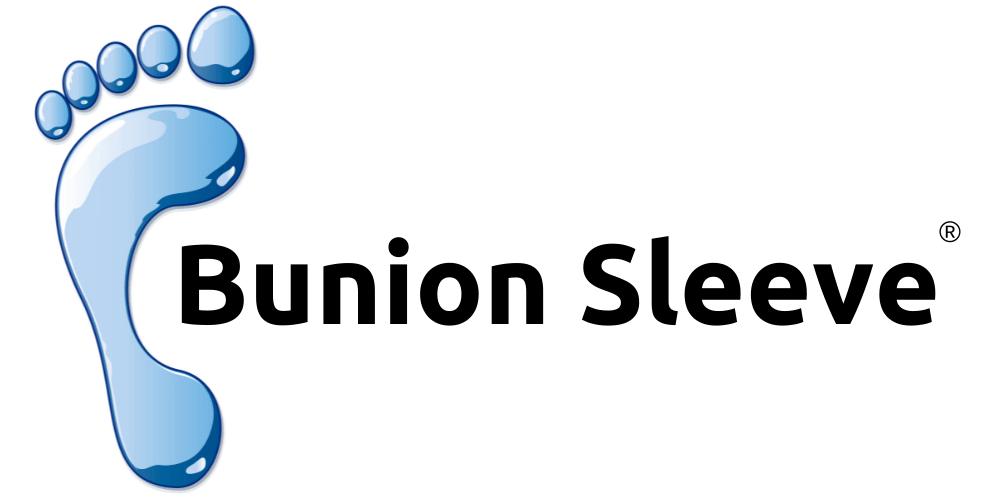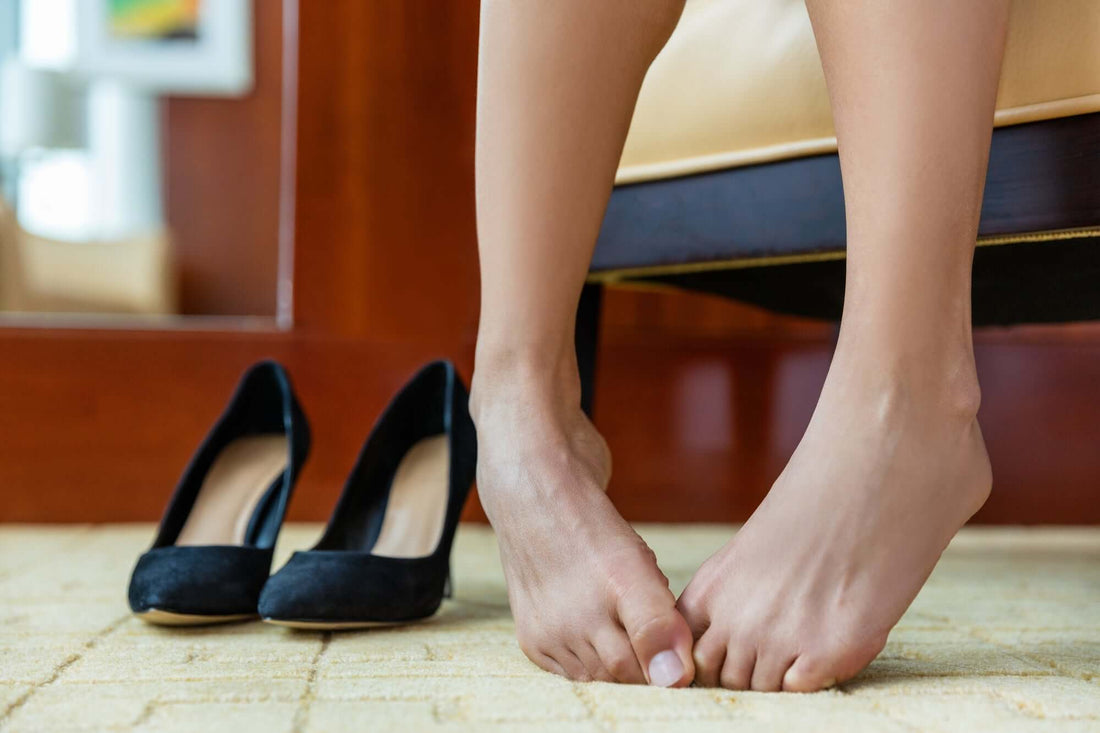Ahh, the tailor's bunion. Small, but painful. A fact of life for many of us who wear uncomfortable shoes or deal with things like arthritis. Now, tailor's bunions don't happen as often as normal bunions, but the symptoms and causes are fairly similar.
The toe deformity comes from the days of old. Centuries ago, tailors would sit down at their chairs all day, sewing away, cross-legged. As such, the outside of their feet would rub against the ground all day. Eventually, the constant rubbing would lead to a painful bump on the base of the pinky toe.
While these little bunions, sometimes call bunionettes, are painful, there are plenty of options for those who are seeking relief. Here are some signs you might have a tailor's bunion and what to do if you're dealing with a big problem for your little toe.
Signs of a Tailor's Bunion
Tailor's bunions are characterized by the prominence of the fifth metatarsal bone, right at the base of the smallest toe. The term metatarsals refer to the five long bones of the foot. By contrast, a standard bunion is typically found on the inside of the foot.
If you've been experiencing foot pain and you're not sure why, here are some key indicators that you might have a tailor's bunion:
- There's a bump on the outside of the foot, right below where the fifth metatarsal bone begins.
- The little toe is angled inward and appears crushed
- Alternatively, the little toe is angled outward
As well as sitting cross-legged in a tailor's chair all day, some other factors can aggravate the metatarsals, including:
- Wearing high heels or shoes that pinch the toe box
- Arthritis in the foot or toes
- Your foot is injured
- You're rolling your foot too much.
What You Can Do to Treat Your Bunionette Problem
Now that you know the what and why of tailor's bunions, let's move on to how you can best treat them.
Orthotics
The goal of getting any bunion treatment is reducing the pressure placed on the metatarsal bone in question. Orthotics are a solid solution for anyone dealing with this issue and go a long way in treating bunions of all types.
For the uninitiated, orthotics are inserts you can put in your shoe. They work to rebalance the foot and reduce the effects that led to the problem in the first place.
Custom orthotics are considered very effective in treating tailor's bunions but keep in mind; they won't actually reverse the size of the bunion. That said, they may make you feel much better.
Invest in Better Shoes
Unfortunately for the shoe lovers among us, some shoes are not conducive to healing from a bunionette. And an important part of getting treatment is getting a good pair of shoes.
Visit a shoe store in person. A good shop will be able to help you find shoes that do not put pressure on the little toe in question. They'll also help you get a good fit--something to look out for with all subsequent shoe purchases.
Because tight toe boxes may be the cause of your tailor's bunion, it may be worthwhile to get your existing shoes stretched. The process is called a spot stretch and may help you get some more mileage out of your footwear collection.
That said, look out for shoes with a wider toe box, leaving enough space, so your toes do not rub up against each other.
Ice Packs
Ice packs are always an effective way to fight pain and inflammation.
Try icing your bunion to bring down the swelling.
Warm Foot Baths
Try soaking your feet throughout the day.
A warm bath with some Epsom salt thrown in should bring you some sweet relief after hours on your feet.
Take Medicine (in Moderation)
Over-the-counter oral anti-inflammatory drugs like ibuprofen may help you lessen the pain.
They can also reduce inflammation.
When in Doubt, Add Padding
Bunion pads may be placed over the bunion and work to create a barrier between the shoes and the toes. You can use little lambs-wool pads or try using a bunion sleeve. The benefit of the sleeve is, it goes on more like a sock, so it'll stay put even after hours on your feet.
Try Getting Injections
A common, non-invasive bunion treatment, injections of corticosteroid help reduce inflammation. Injections provide swift relief from bunion pain without the need for surgery. Still, they might not work for everyone. Some experts believe that repeated injections may weaken the ligaments over time.
When is it Time For Surgery?
While surgery might be your last resort, it may be your best bet. Tailor's bunion surgery is standard bunion surgery, and it can be very effective.
Still, getting a foot surgery is something of a big deal, and we recommend scoping out your other options before going down this road. Here are some signs that you might need bunion removal surgery.
Bunion Sleeves Can Help You Find Relief
If bunions are affecting your well-being, it's time to take action. We offer a unique bunion solution ideal for those suffering from mild to moderate bunions. Our recommendation is to combine a few of these methods. For example, ice your foot and take some ibuprofen before slipping on a sleeve or a lambswool cover.
Visit our website to learn more about how our Bunion Sleeves® can help you find relief from bunions and potentially avoid the need to get surgery.

